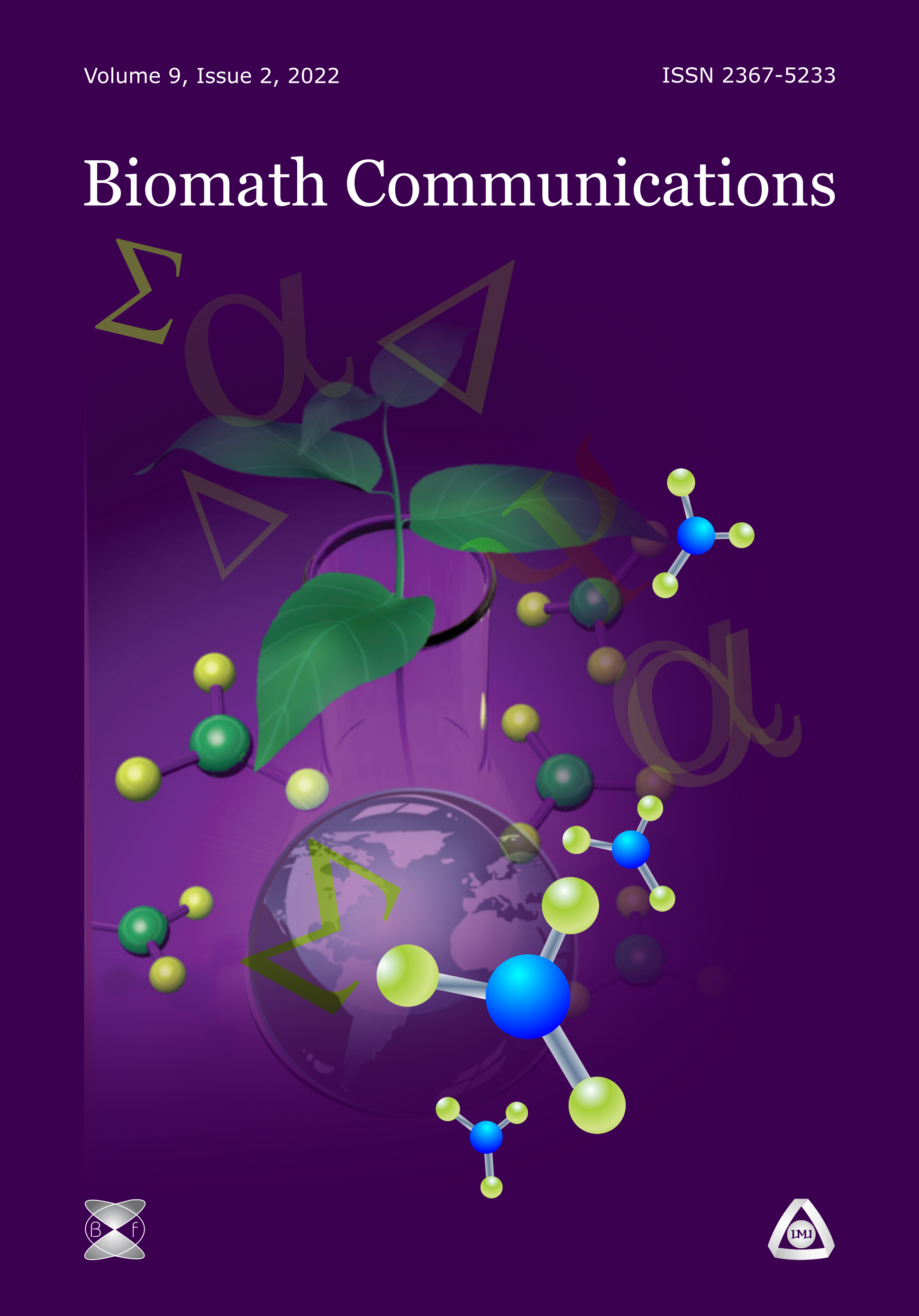Homology Modeling of the Oxytocin G-Protein Coupling Receptor
DOI:
https://doi.org/10.11145/463Abstract
Oxytocin (OT) is a neurohypophysial hormone, which acts both on the peripheral tissues (hormonal), and as a neurotransmitter in the brain. It plays an important role in the control of uterine contractions during labor, secretion of milk and many social and behavioral functions.В OT accomplishes its functions via interaction with specific oxytocin receptors, which belong to the rhodopsin-type (class I) group of G-protein coupled receptors (GPCR). High levels of oxytocin during pregnancy are the main cause for preterm birth. Oxytocin receptor antagonists are widely employed for prevention in such cases [1]. Design of these antagonists requires a proper model of the hormone – receptor interaction. However, the 3D structure of the OT receptor is not known.The aim of this investigation is to construct a three-dimensional model of the oxytocin receptor. Protein structure homology modelling is an efficient technique for generating 3D models of proteins in the absence of experimental data. We employed the software package Modeller to generate a family of oxytocin GPCR structures. The assessment of the structures was based on test MD simulations of their interactions with the natural ligand oxytocin.
Downloads
Published
Issue
Section
License
The journal Biomath Communications is an open access journal. All published articles are immeditely available online and the respective DOI link activated. All articles can be access for free and no reader registration of any sort is required. No fees are charged to authors for article submission or processing. Online publications are funded through volunteer work, donations and grants.
Authors who publish with this journal agree to the following terms:
- Authors retain copyright and grant the journal right of first publication with the work simultaneously licensed under a Creative Commons Attribution License 4.0 that allows others to share the work with an acknowledgement of the work's authorship and initial publication in this journal.
- Authors are able to enter into separate, additional contractual arrangements for the non-exclusive distribution of the journal's published version of the work (e.g., post it to an institutional repository or publish it in a book), with an acknowledgement of its initial publication in this journal.
- Authors are permitted and encouraged to post their work online (e.g., in institutional repositories or on their website) prior to and during the submission process, as it can lead to productive exchanges, as well as earlier and greater citation of published work (See The Effect of Open Access).

